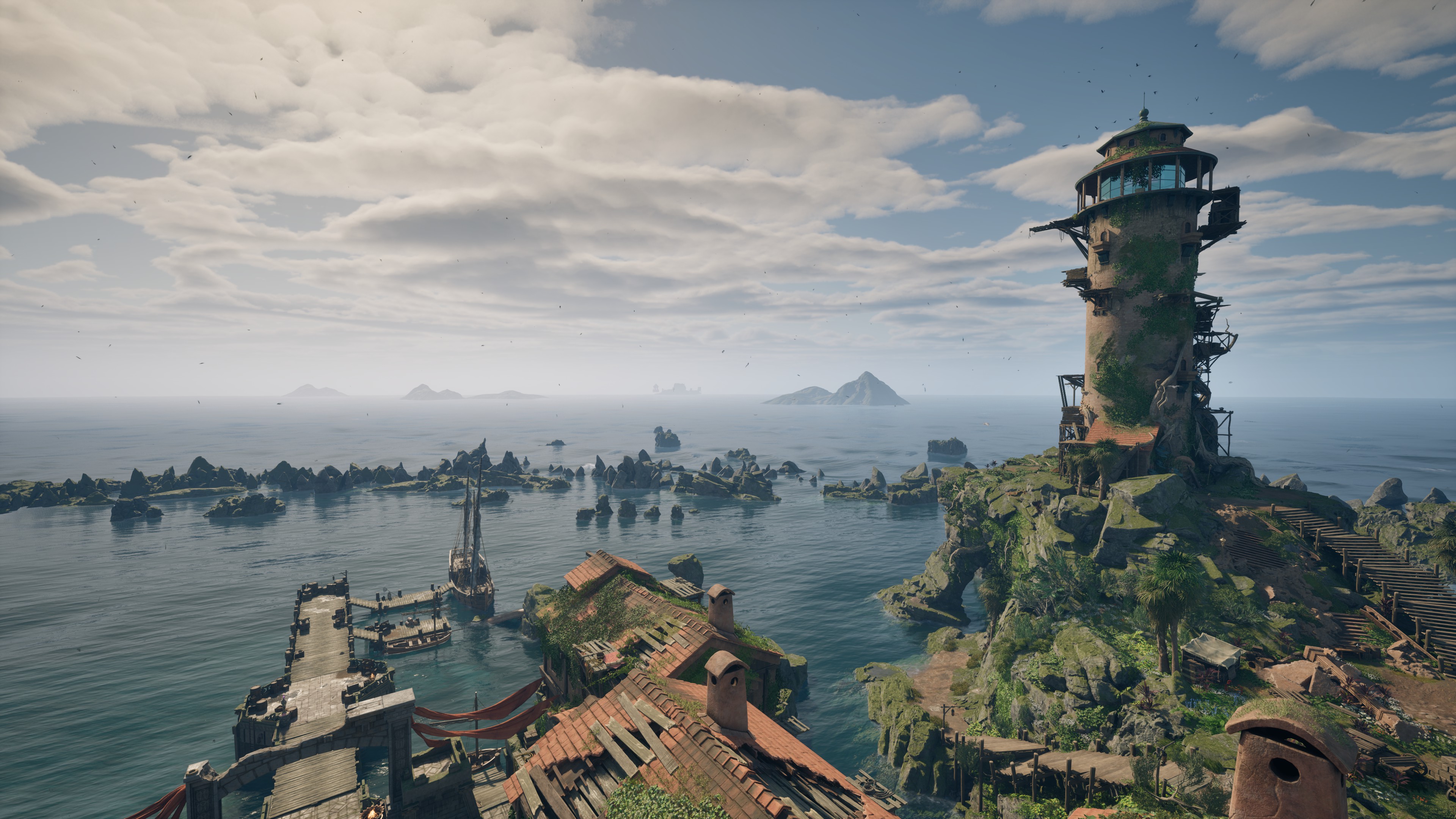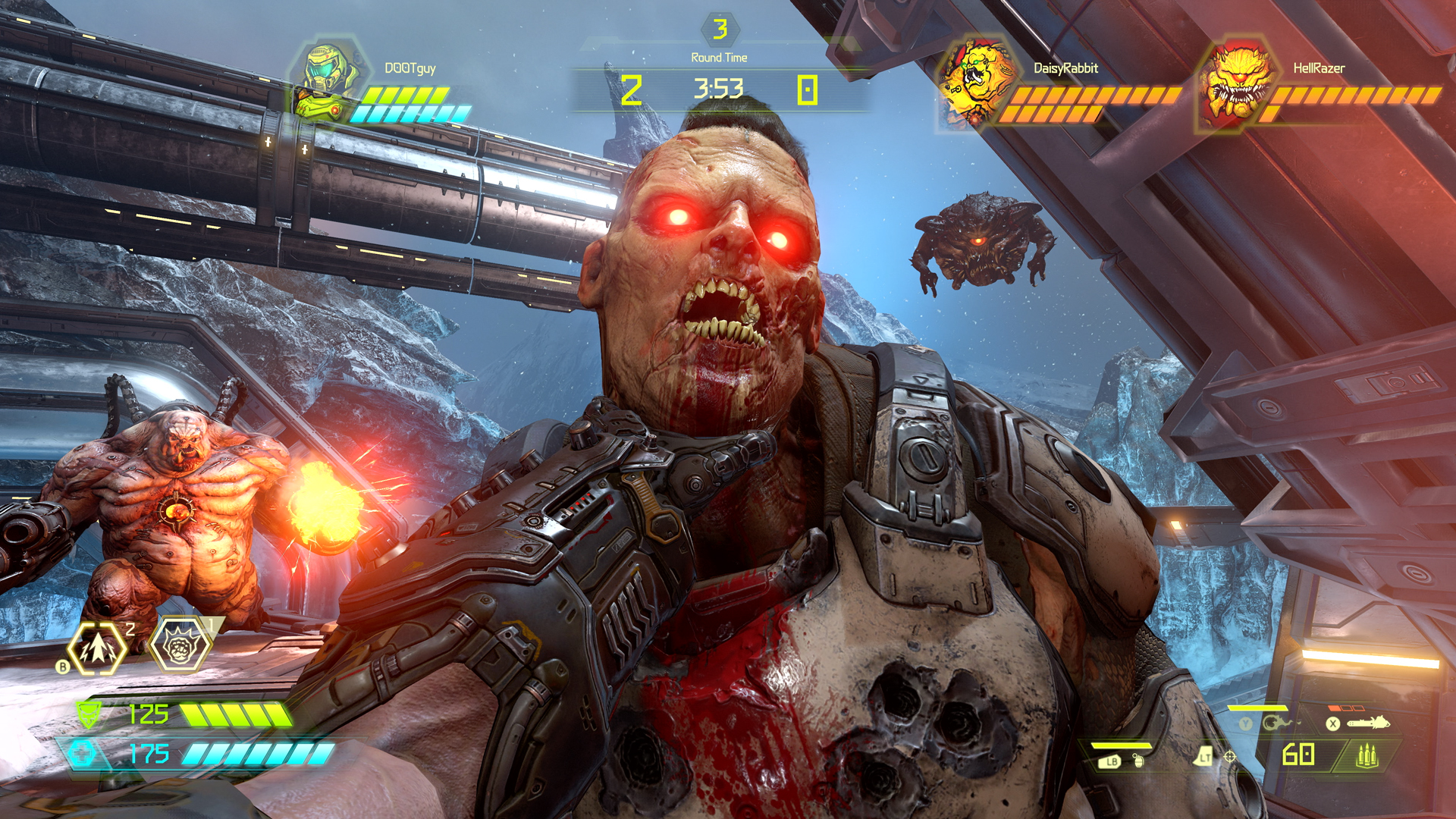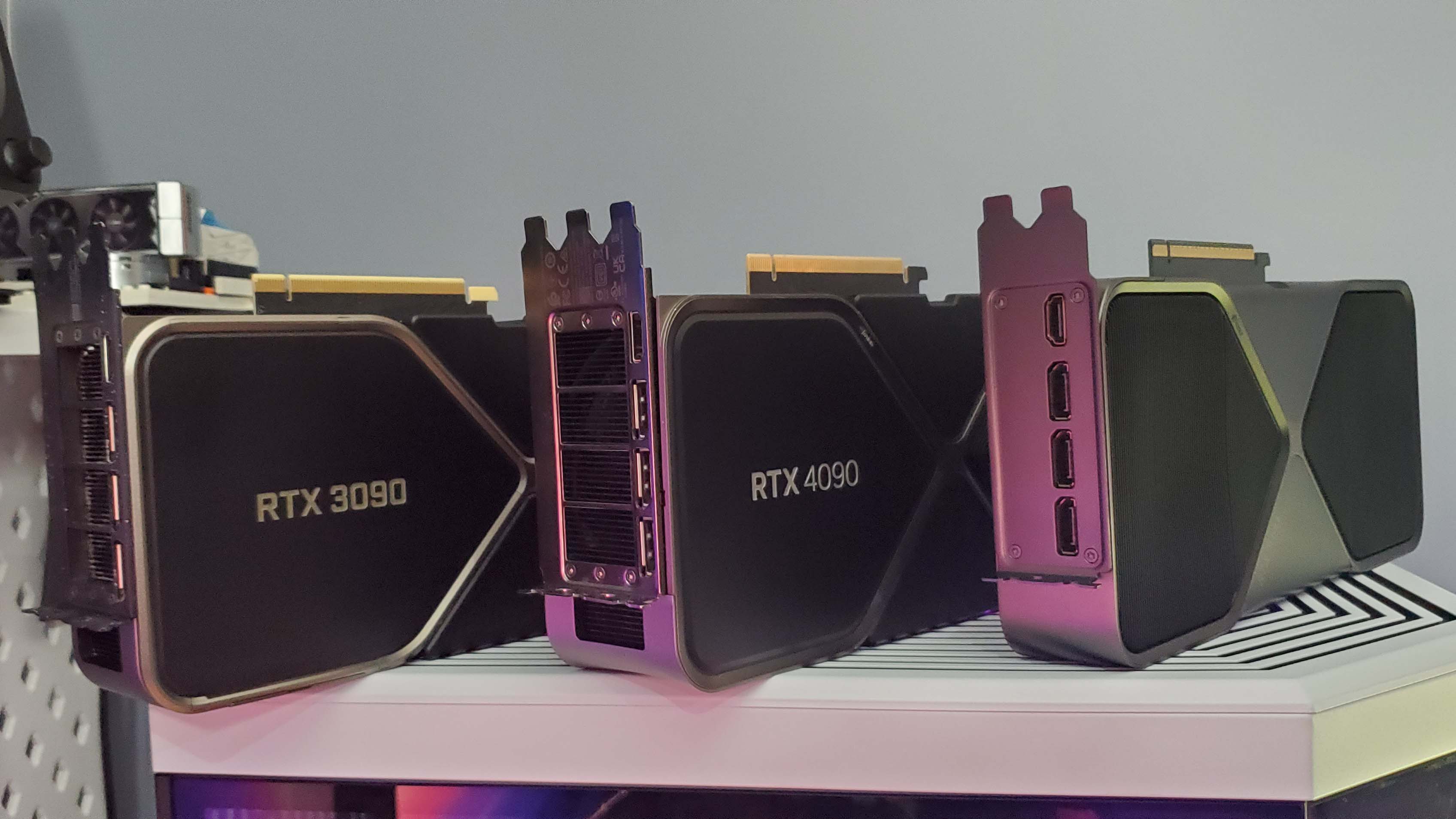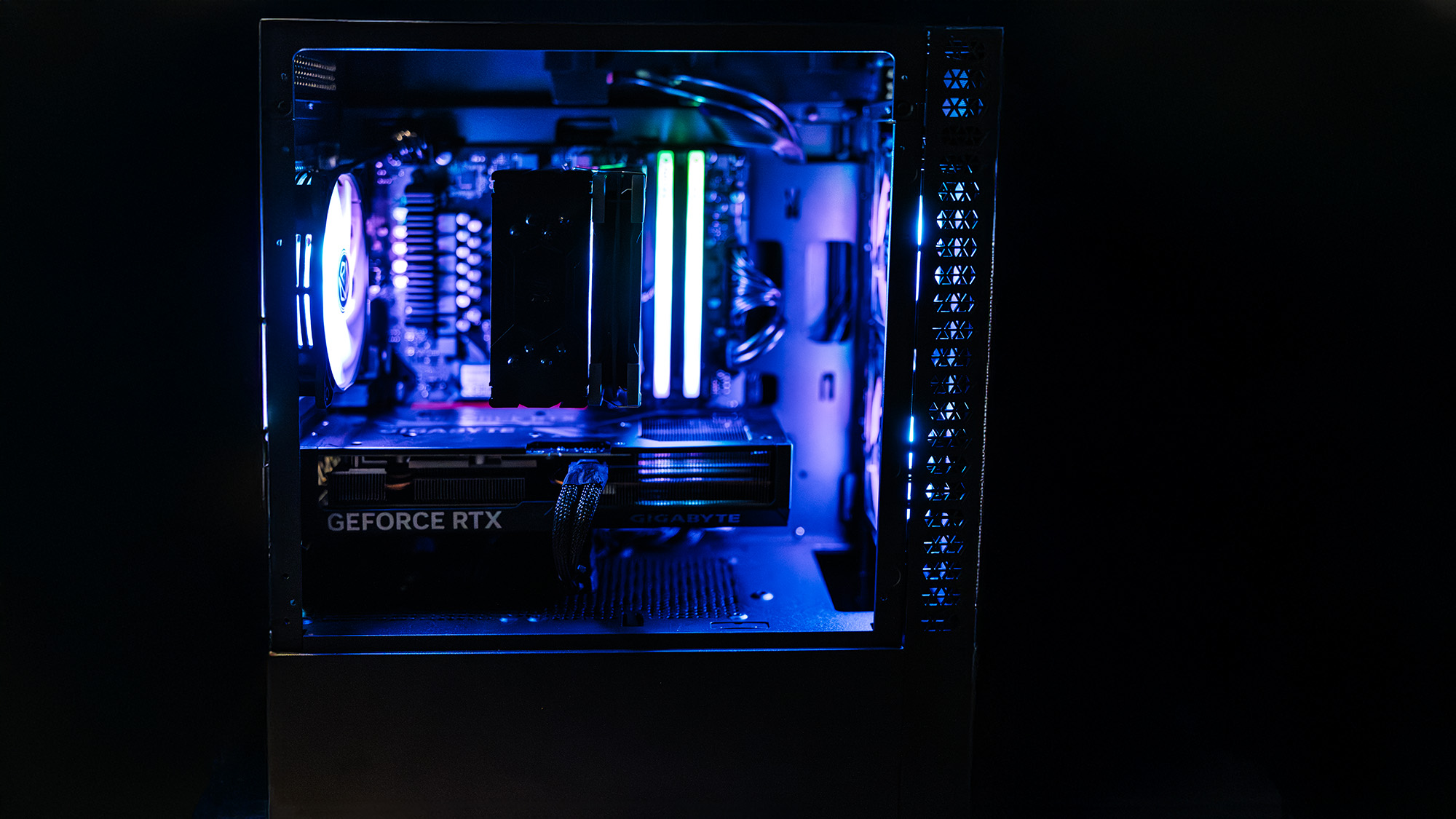Unreal Engine often gets flak for games running poorly or stuttering, but as Avowed demonstrates, it's really about how devs use it and the pressures of time
Don't blame the tools. Or the tool makers. Or the tool users.

Here's a simple question for you: What do Black Myth: Wukong, Frostpunk 2, Palworld, Stalker 2, Tekken 8, Silent Hill 2, and Avowed all have in common? Yes, that's right, they were all made using the game development package Unreal Engine 5 (UE5). Something that they also have in common is variable and somewhat confusing performance on PC. If one only goes by comments on social media, the problems all stem from UE5 but having spent a week testing Avowed, I'm not convinced that Epic's software is to blame.
That particular game has all kinds of odd things about it, such as the 1% low frame rates and wonky upscaling, but it looks great and for the most part, it runs pretty well too, though it's best to ignore the actual frame rates and judge it on feel. Avowed's developers, Obsidian Entertainment, aren't new to Unreal Engine as they made The Outer Worlds and Grounded with it, although it was the previous version.
So I'm pretty certain that one can't blame UE5 for the fact that enabling FSR 3 does almost nothing for low-end GPUs and induces ghosting and pixel crawling. It can't be blamed for the large disparity between the average and 1% low frame rates, nor the highly variable frame times. Sometimes it is down to a game's engine (looking at you, RE Engine) and while all the games I listed at the start of this article have performance issues of one kind or another, Avowed's are so uniquely odd that it surely must stem from choices made by the developers.
Take Silent Hill 2, for example. Looks fantastic but its performance at launch was all over the place, not to mention being riddled with bugs. Subsequent patches from developers Bloober Team have solved many of these problems but when I last tried the game, it still had a certain degree of jank to it. And like Obsidian, those coders have plenty of experience using Unreal Engine.
One might argue that if two experienced teams can't get their games to run properly with UE then the software must be at fault, but Avowed and Silent Hill 2's problems are very different. Performance-related, yes, but the fundamental issues aren't the same.
Games like Doom Eternal or more recently, Indiana Jones and the Great Circle, are often used as keystones for the argument that UE is rubbish. The idea is that if Id Tech 7 can be used to make such great games, and both run super well, it must be a superior piece of software. Right?
However, Id Tech 7 is proprietary and the two development teams for the above games, Id Software and MachineGames, are both subsidiaries of the parent company that owns the engine (ZeniMax Media). It was heavily customised for Indiana Jones but the point I'm making is that the coders in question are all very familiar with Id Tech—one team made the engine and the other has used nothing but Id Tech engines.
The biggest gaming news, reviews and hardware deals
Keep up to date with the most important stories and the best deals, as picked by the PC Gamer team.
Unreal Engine is an all-round development engine that can be used for visual effects in films and TV shows, as well as video games. It's quite easy to pick up and work with—heck, if I can do it, I'm pretty sure anyone can with enough grit and determination, because I'm old and rather scatty at times. Of course, what I've made with UE5 has been nothing more than simple exercises, graphics tests, and other tomfoolery, and creating a full-blown AAA game is on a level of complexity so far removed from what I'm doing that it's akin to comparing making a paper aeroplane to a commercial jet.
Epic is aware that UE-based games have had common issues, especially with PSO compilation (aka the dreaded shader compilation stutter), as well as traversal stutter, but it's actively trying to do something about it with numerous updates to Unreal Engine 5. There again, recompiling millions of lines of code every time a new version of UE comes out isn't something that any big developer is going to relish, due to time constraints and the possibility that it might bork something.


Unreal Engine does have faults but given its remit, I'd say they're acceptable. To me, the problems all stem from time. Game publishers need something to go out on schedule, they need them to recoup the millions of dollars invested in them as soon as possible, and performance testing and fine-tuning code is very time-consuming.

Best CPU for gaming: The top chips from Intel and AMD.
Best gaming motherboard: The right boards.
Best graphics card: Your perfect pixel-pusher awaits.
Best SSD for gaming: Get into the game ahead of the rest.
This is why so many big games are released in such a shoddy state—they can always be patched later, when there's more time available to carry out such tasks in depth.
I have no doubt it will be the same for Avowed. The preview code I tested was rather wonky-donkey but with the overall game being really solid and a lot of fun, there's a good chance that all of its foibles will be fixed post-release.
Then again, the performance might not be 'fixed' if the developers are happy with how it is already or if the sales aren't great. Obsidian Entertainment is also working on a sequel to The Outer Worlds, again with UE5, so it will only be able to allocate a certain amount of workforce time to fixing Avowed.
In my mind, time is the real problem, not the engine or the developers using it, and unfortunately, time costs money. Are we happy to pay even more for our favourite games, so developers can employ more staff to do more work, to ensure PC projects run perfectly on release? That's a debate for another time, I think.

Nick, gaming, and computers all first met in 1981, with the love affair starting on a Sinclair ZX81 in kit form and a book on ZX Basic. He ended up becoming a physics and IT teacher, but by the late 1990s decided it was time to cut his teeth writing for a long defunct UK tech site. He went on to do the same at Madonion, helping to write the help files for 3DMark and PCMark. After a short stint working at Beyond3D.com, Nick joined Futuremark (MadOnion rebranded) full-time, as editor-in-chief for its gaming and hardware section, YouGamers. After the site shutdown, he became an engineering and computing lecturer for many years, but missed the writing bug. Cue four years at TechSpot.com and over 100 long articles on anything and everything. He freely admits to being far too obsessed with GPUs and open world grindy RPGs, but who isn't these days?

